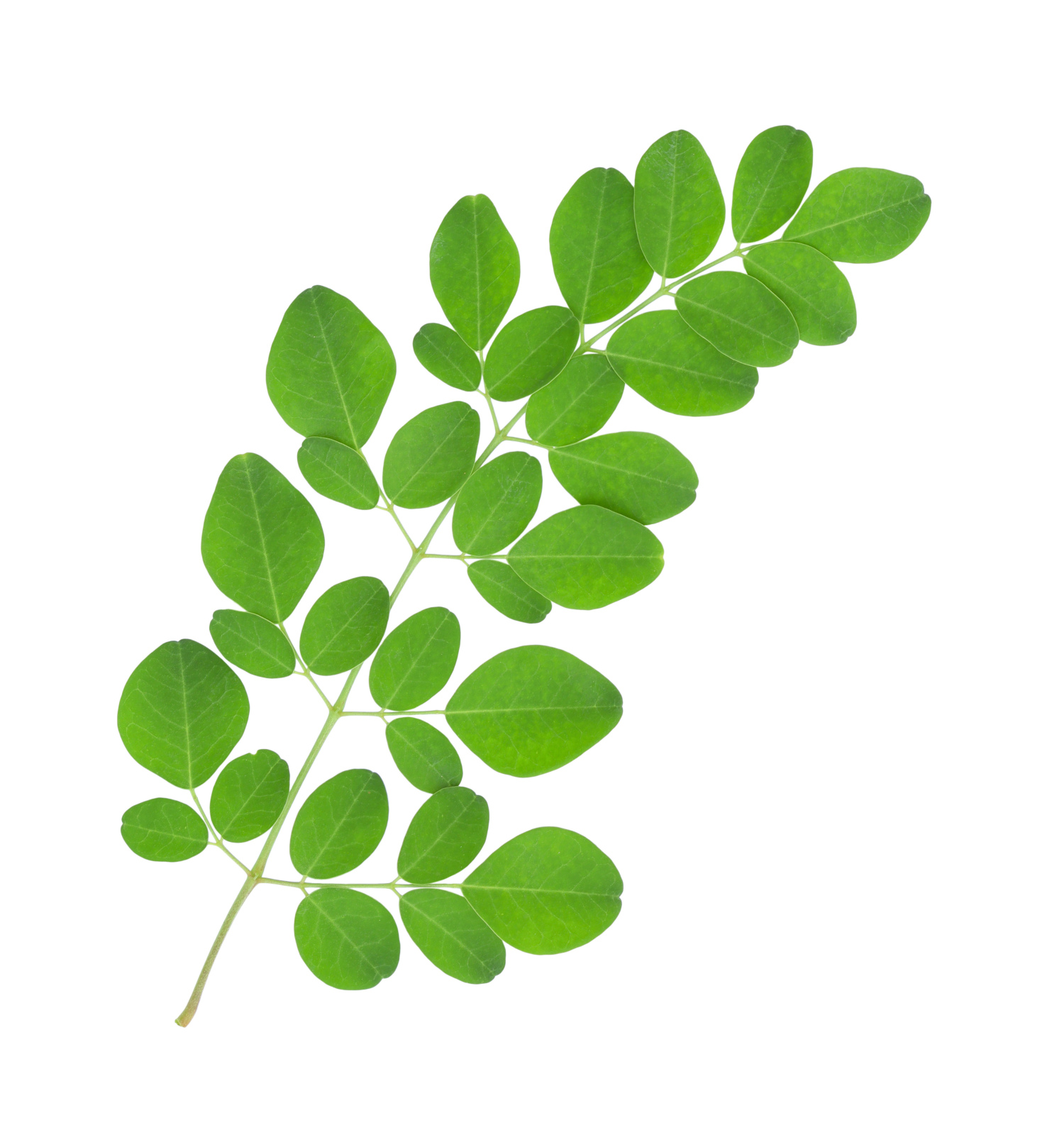|
|
www.moyoway.com |
Buy your Certified Organic |
|
|
CLICK FOR NAKED www.moyoway.com |
Moyo is an African origin word which implies that the
"heart and mind act as one to cultivate the spirit”
Moringa, Planting and Care Instructions For Moringa Seeds and Trees - Part 2
by Moringa Seeds, South Africa
Part 2 - Moringa seeds have no dormancy period and can be planted as soon as they are mature. The best time to propagate will be in the warmer months unless you have a warm tunnel.
In most places planting in December and onwards should work (pay attention to the evening temperatures; it doesn't help having warm days and cold nights)
NEVER PLANT THE SEEDS WHEN THE EVENING TEMPERATURES GO BELOW 13 TO 14 DEGREES CELSIUS
IT IS A GOOD IDEA TO TEST A FEW SEEDS WITH DIFFERENT PLANTING METHODS EG. SEEDLING BAGS OR DIRECT IN THE GROUND, TO FIND THE BEST METHOD BEFORE COMMITTING ALL YOUR SEEDS TO PLANTING
CONSULT AN EXPERIENCED NURSERY IN YOUR AREA FOR ADVICE
Germination can take up to 2 weeks. The seeds do not need to be scarified or treated with any other special preparations. Certain studies have indicated that the optimum light for germination during hot Summer months is half shade.
1. Choose an area with light and sandy well drained soil - not heavy with clay and water logged.
2. Dig holes 30cm square and 1 metre deep. Back fill the holes with 3 parts river sand and 1 part compost. Make the hole up to 90cm wide if the soil is heavy.
3. Plant 3 to 5 seeds per hole, 5cm apart. Plant the seeds no deeper than three times the width of the seed +- 1.5cm
4. Keep the soil moist enough so that the top soil will not dry and choke the emerging sapling, but not too wet or else the seeds can drown and rot. A light sprinkling of dry grass makes an excellent mulch. The seeds take between one and two weeks to germinate.
5. When the saplings are 10cm to 15cm tall, keep the healthiest sapling in the ground and remove the rest.
2. In Plastic bags
When it is not possible to plant directly in the ground, use the following method.
We grow the seedlings in 4 litre 30 cm tall bags (Citrus) to fit the big root ball and to allow the root to grow unimpeded.
1. For sowing in bags we use decomposed pine bark and sandy topsoil mixed 50:50 but one can also fill the bags with a light soil mixture ie. 3 parts river sand and 1 part compost
2. Plant two or three seeds in each bag no deeper than three times the width of the seed +- 1.5 cm. Cover lightly with a mulch.
3. Keep moist but not soggy. Germination will occur within two weeks.
4. Remove the extra seedlings leaving only one in the bag.
5. Place your seedlings in full sun but never next to a white wall or other reflective surfaces (they could burn). But the hotter and more humid the better.
3. Transplanting
The ground where the trees are to be planted should be light and sandy, not heavy with clay and/or waterlogged.
1. Dig a hole 30 cm square and 100 cm deep. Backfill with loose soil consisting of 3 parts river sand to one part compost
2. Water the planting holes one day before transplanting the seedlings.
3. Plant seedlings in the late afternoon to avoid the hot sun on the 1st day.
4. Make a hole in the backfill to accept all the soil in the bag. Carefully cut open the bag and place the seedling in the planting hole. BE VERY CAREFUL to keep the soil around the seedling's roots intact. Disturbing the soil can kill the tree.
5. Gently pack soil around the seedling base. Cover the soil around the tree with a suitable mulch. Well dried grass or straw works beautifully.
6. Water only lightly for the first few days.
4. Growing from a cutting
After the trees have stopped producing fruits, branches have to be cut off so that fresh growth may take place. These branches are excellent for growing new trees:
1. Make a cutting at least 2.5 cm in diametre and at least 1.8 metres long.
2. Dig a hole 1m X 1m X 1m deep.
3. Place the cutting in this hole and fill with a mixture of 3 parts sand and one part compost. Pack firmly around the base of the cutting.
4. Water generously but do not drown the cutting in water. It is best not to let water not touch the stem of the new tree. Sprinkling with mulch will help to maintain moisture.
If you have access to cow dung then put some on the top of the open end of the cutting. This is an excellent way to protect the cutting from pests.
Source :
http://www.moringaseeds.co.za/Planting.html



